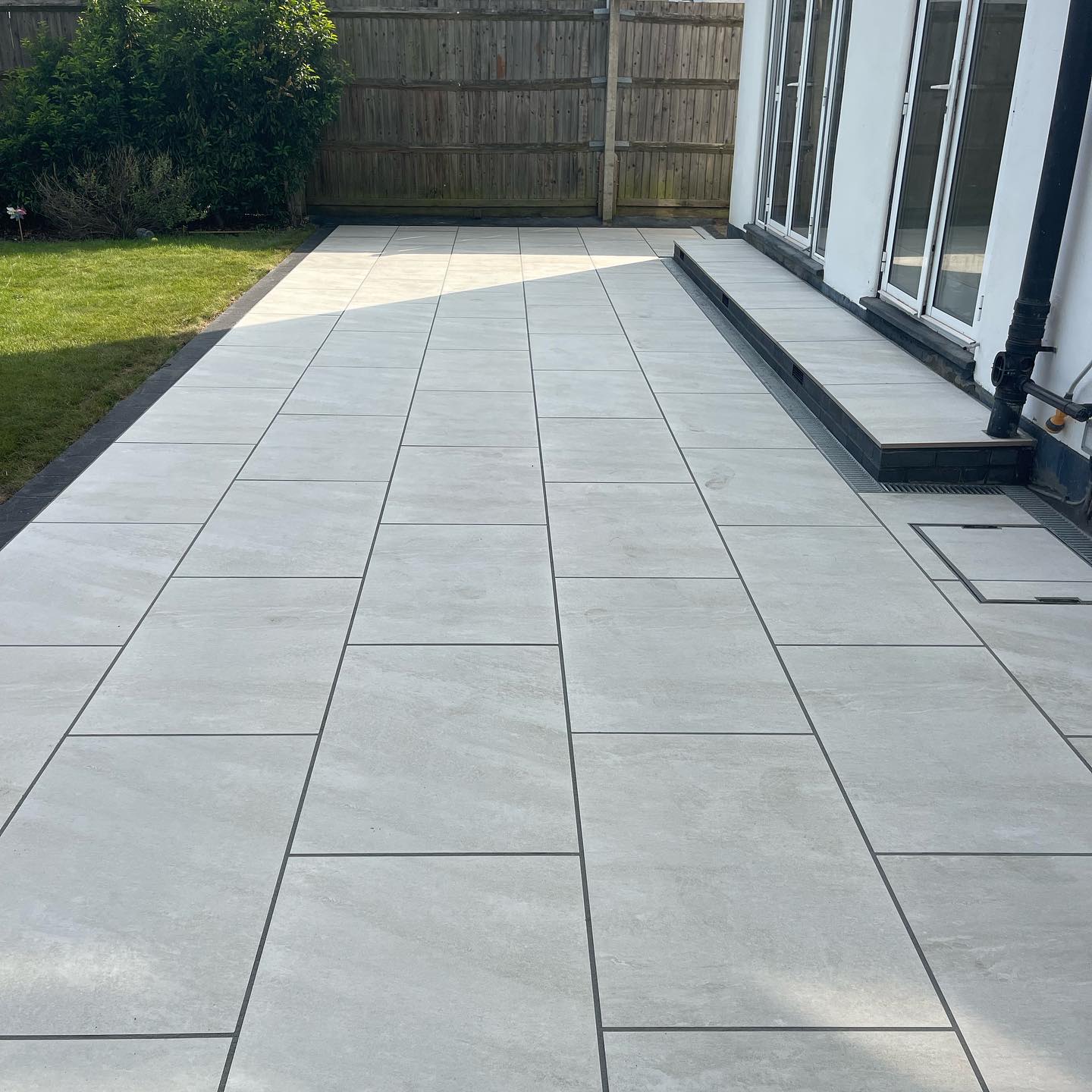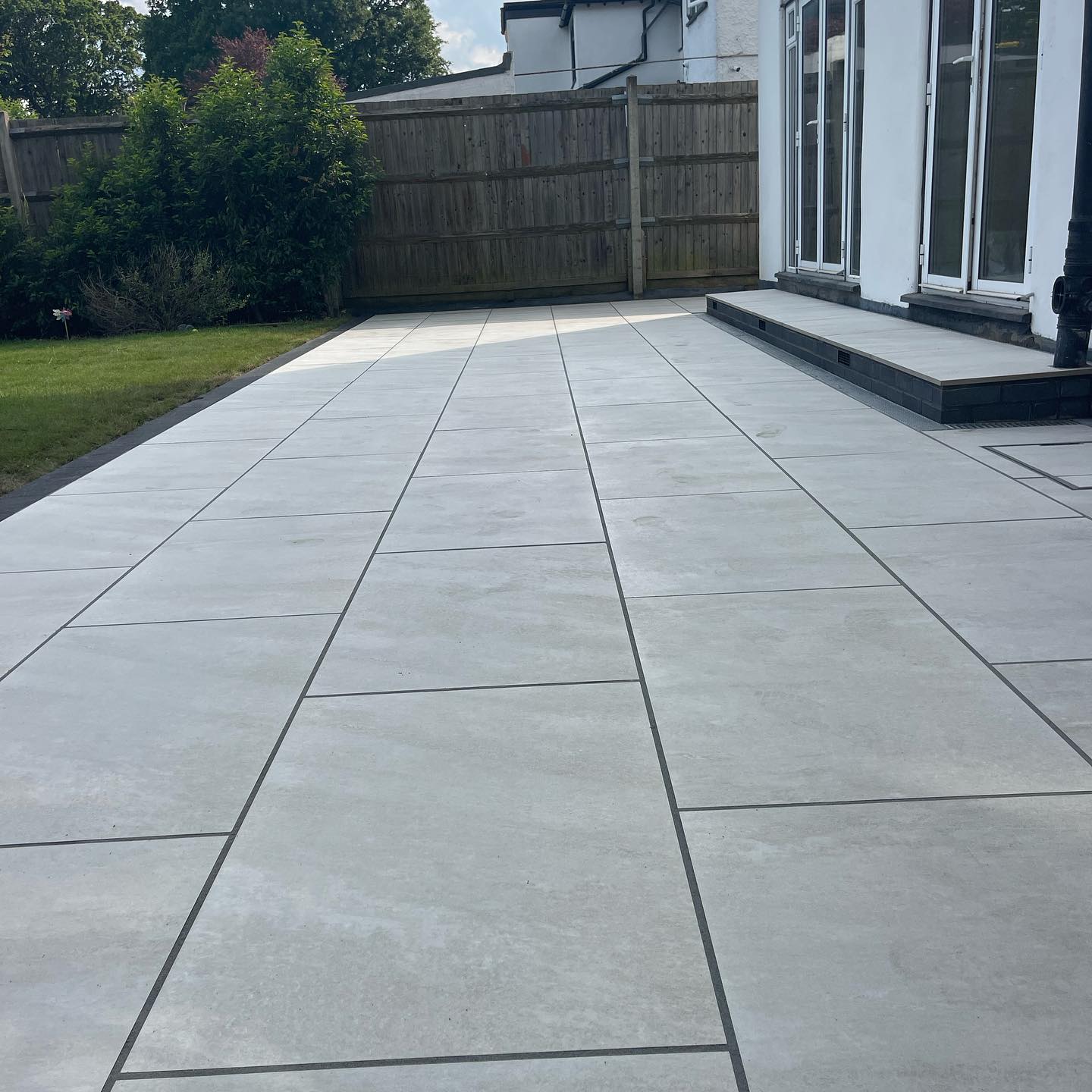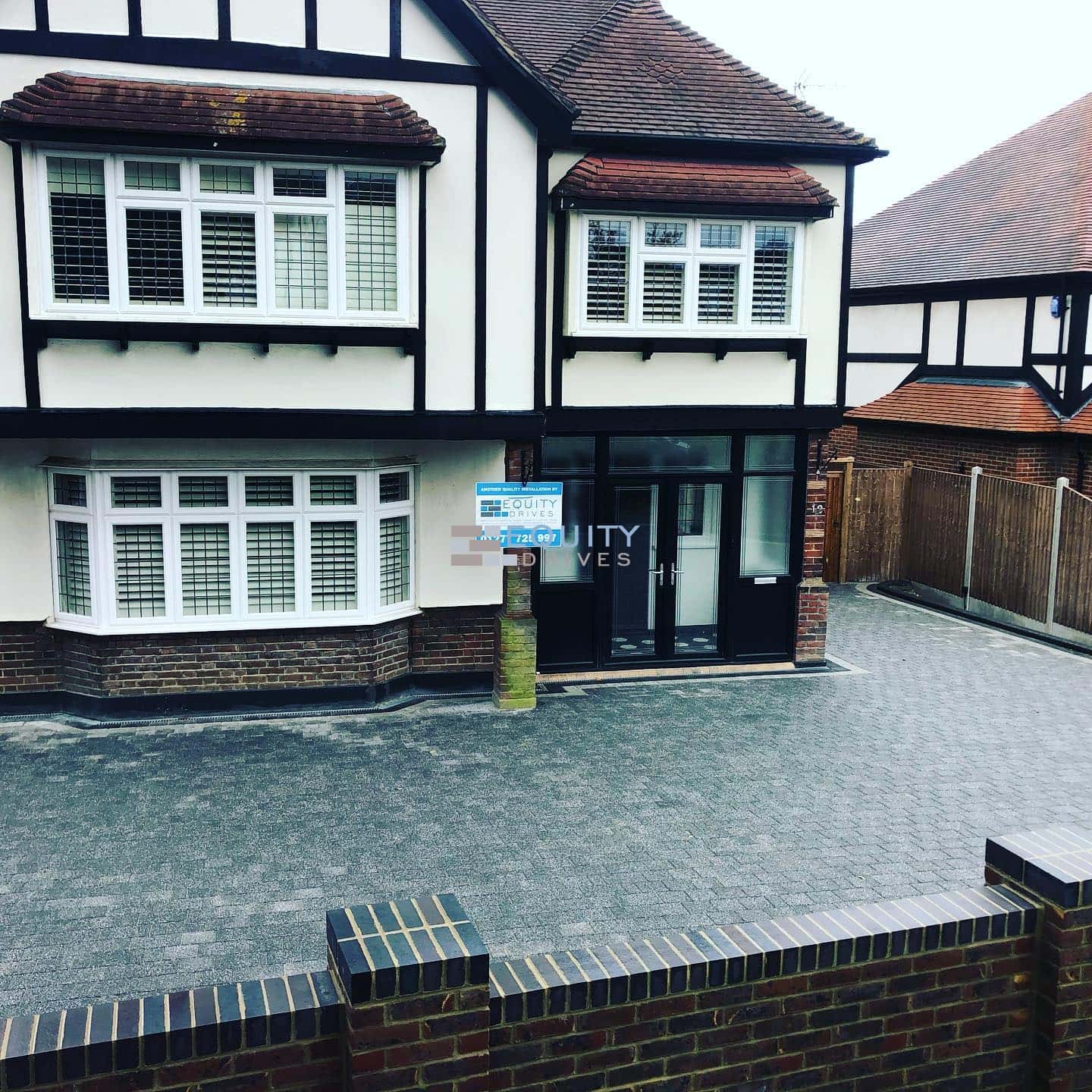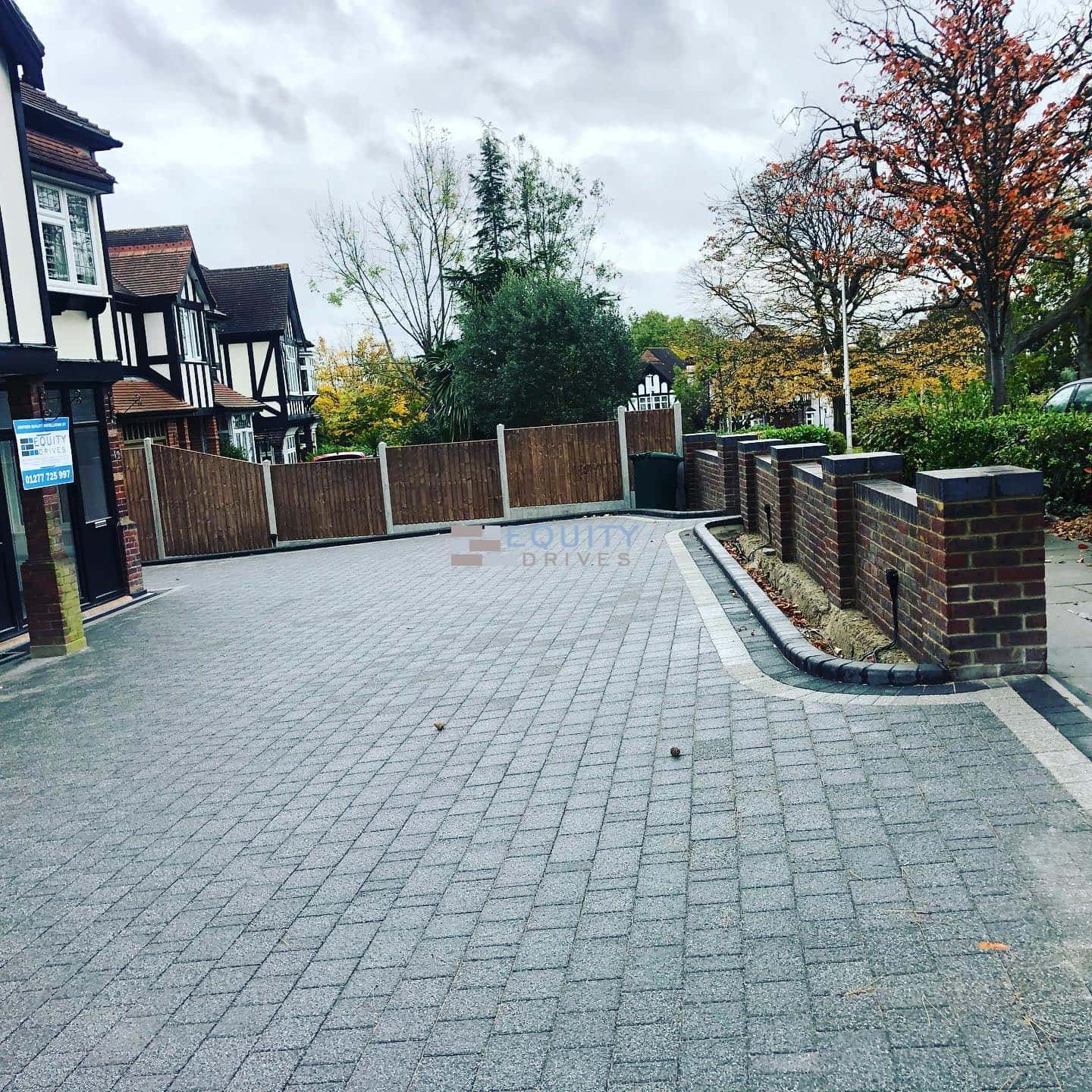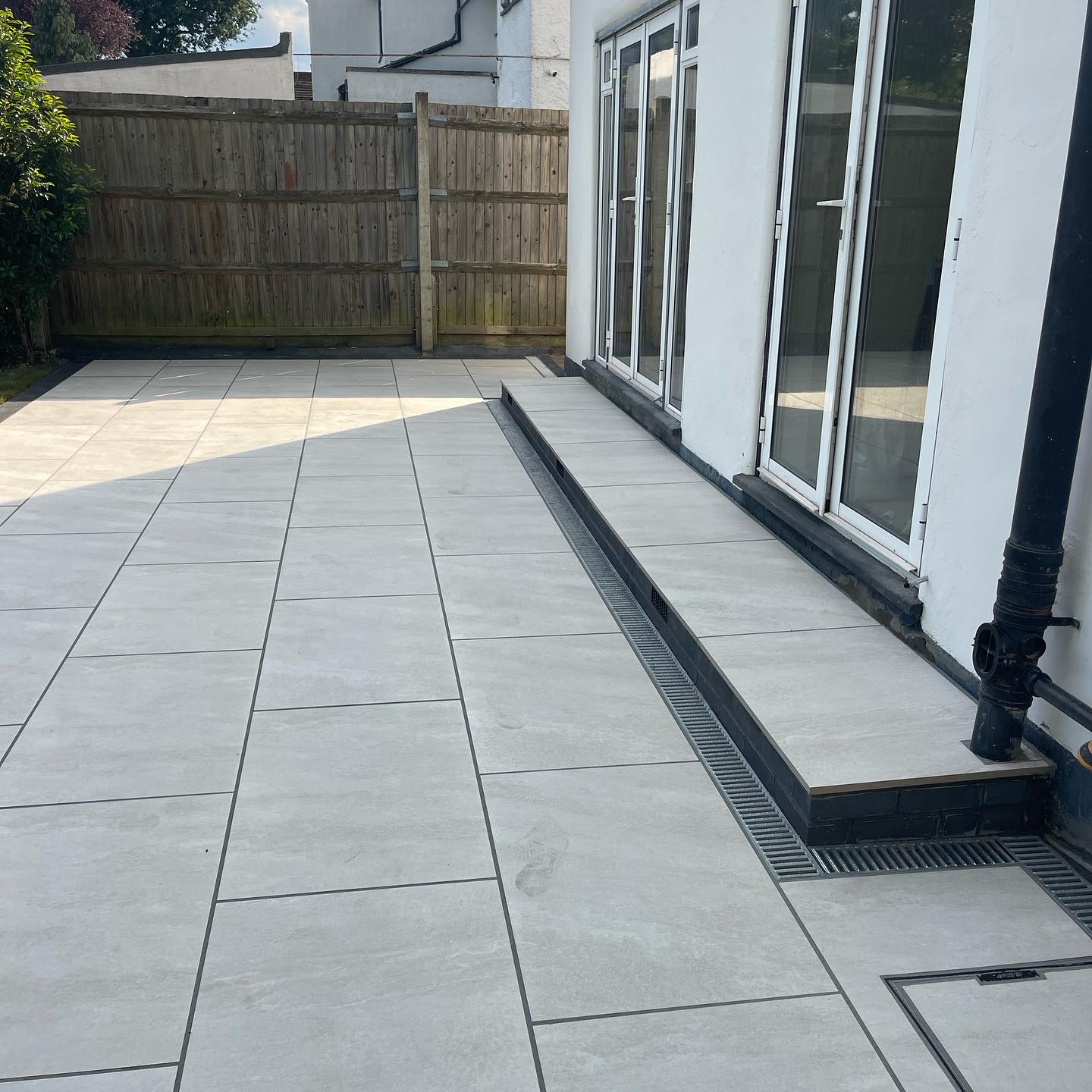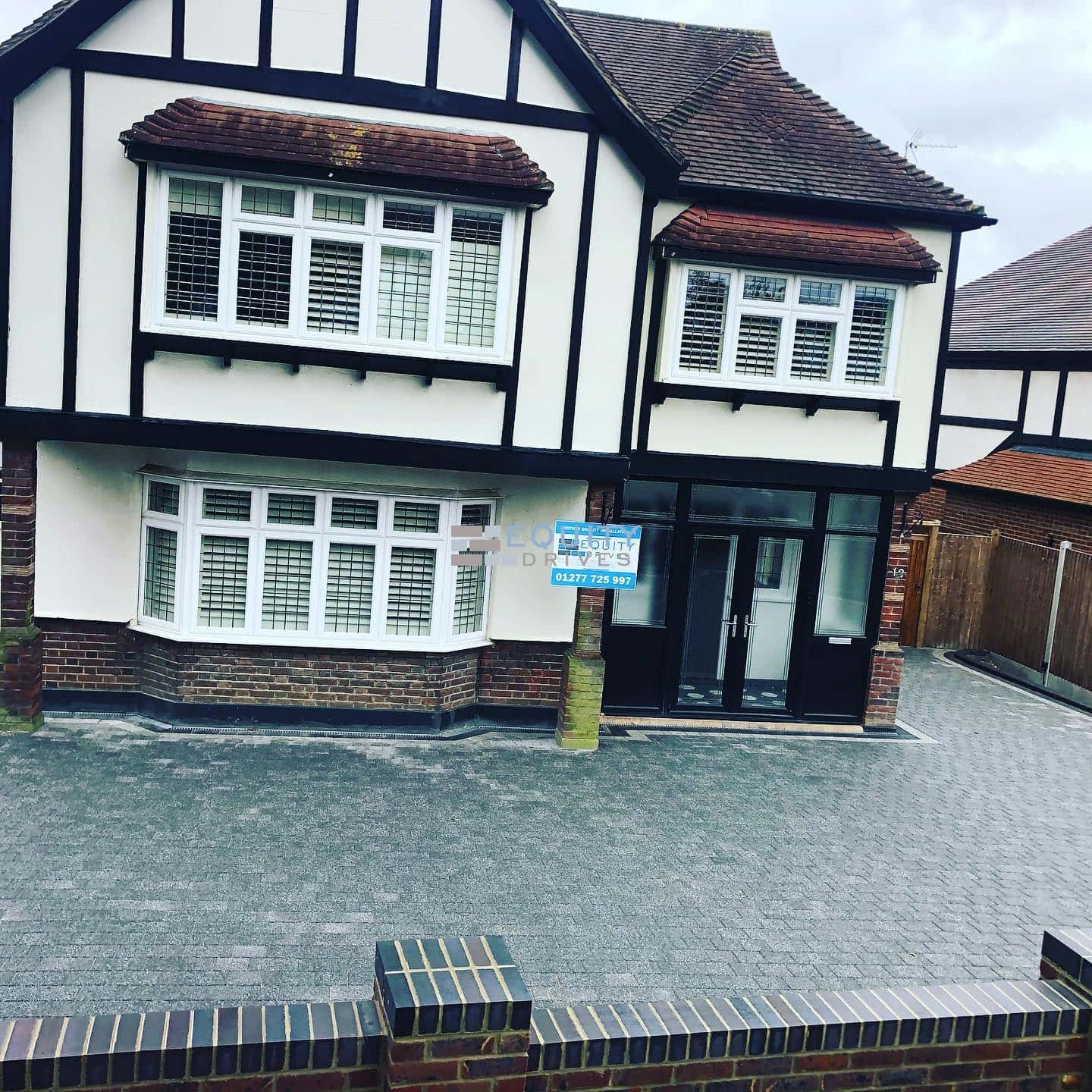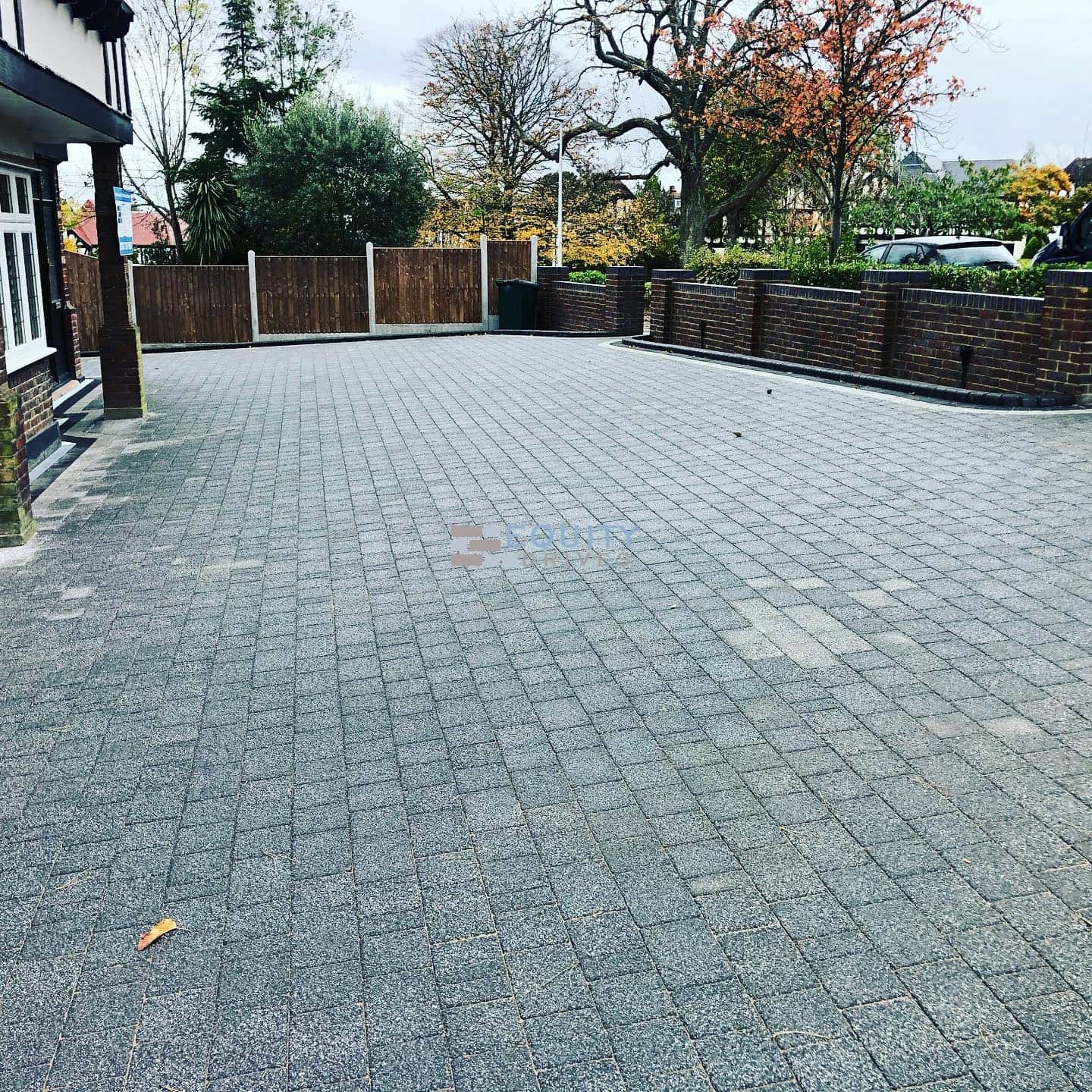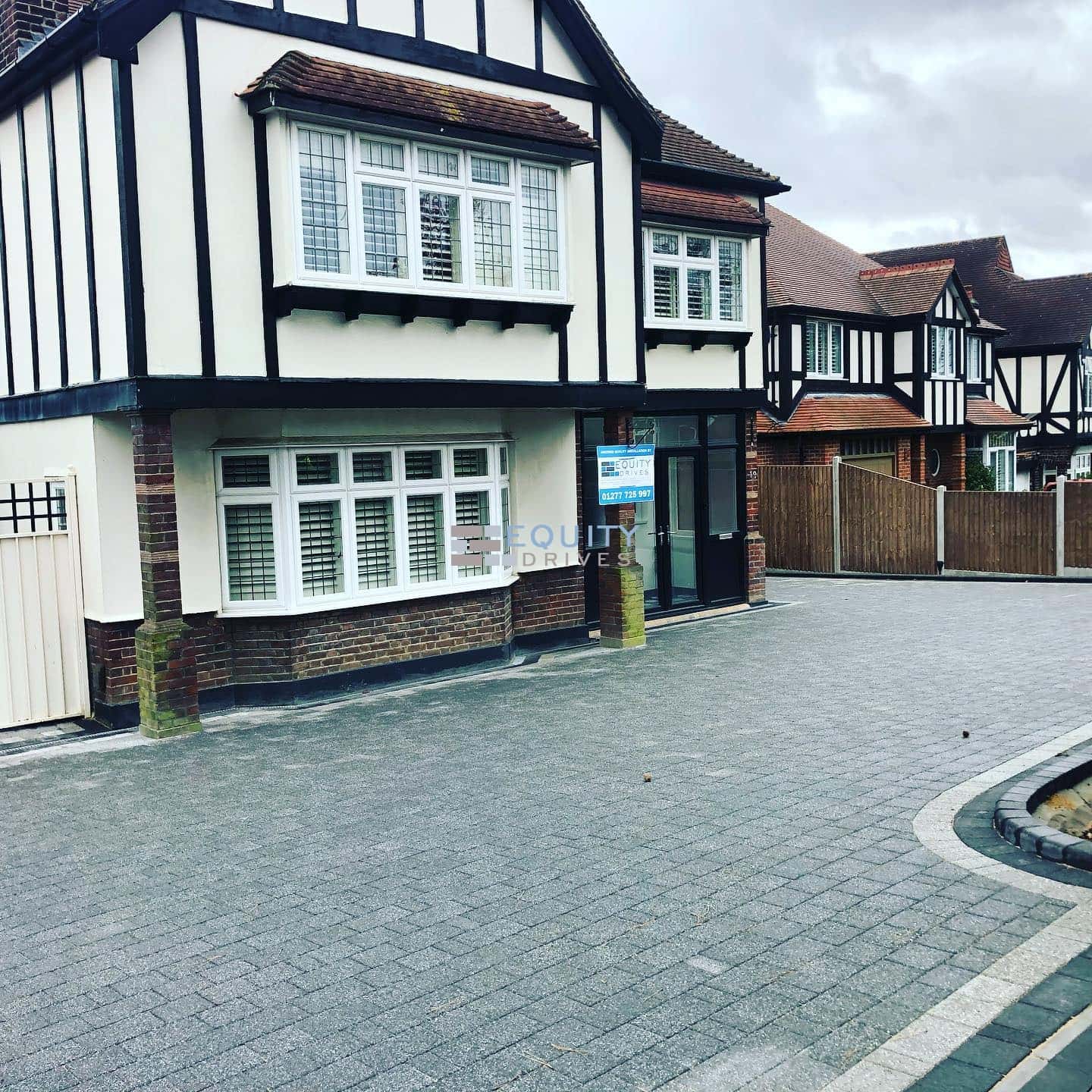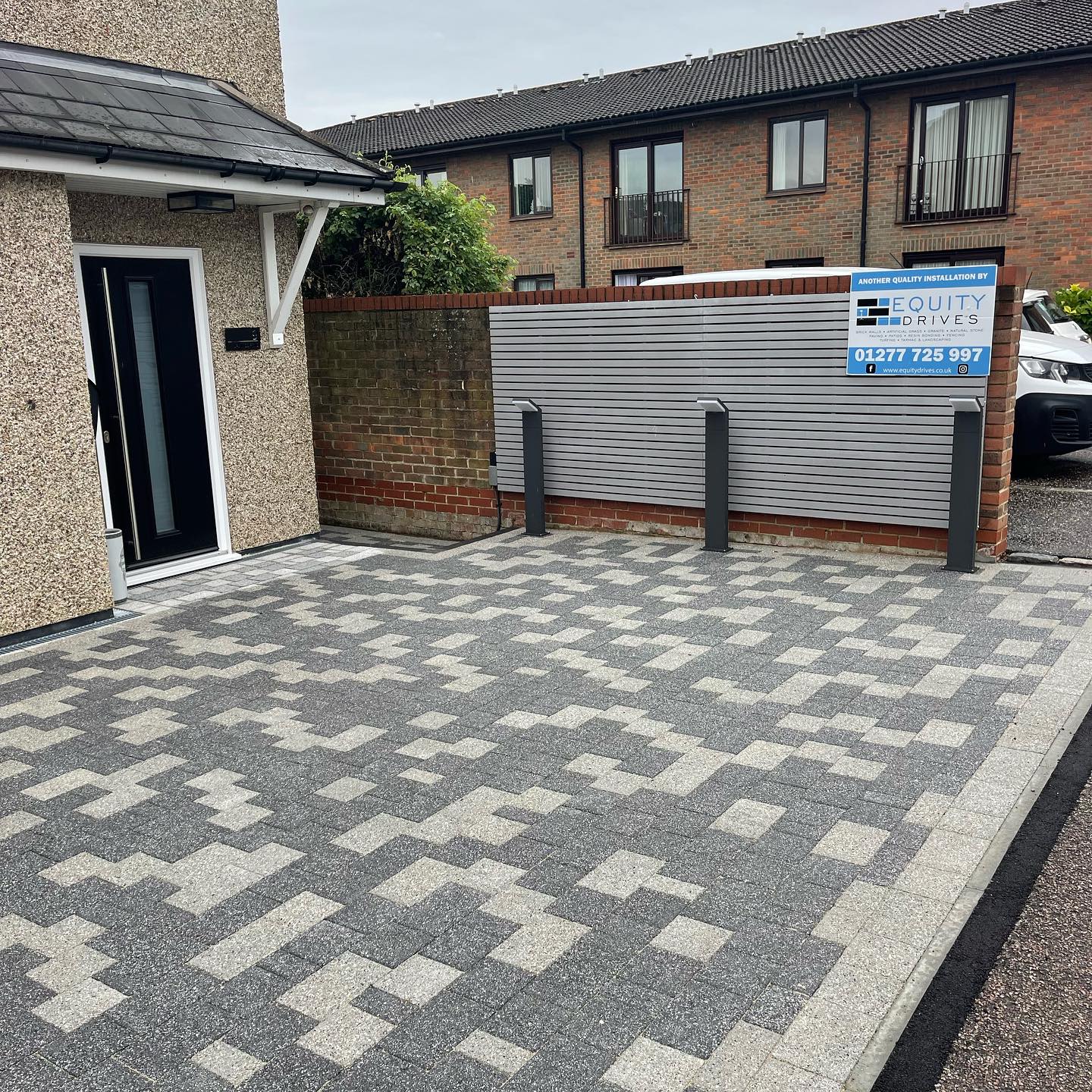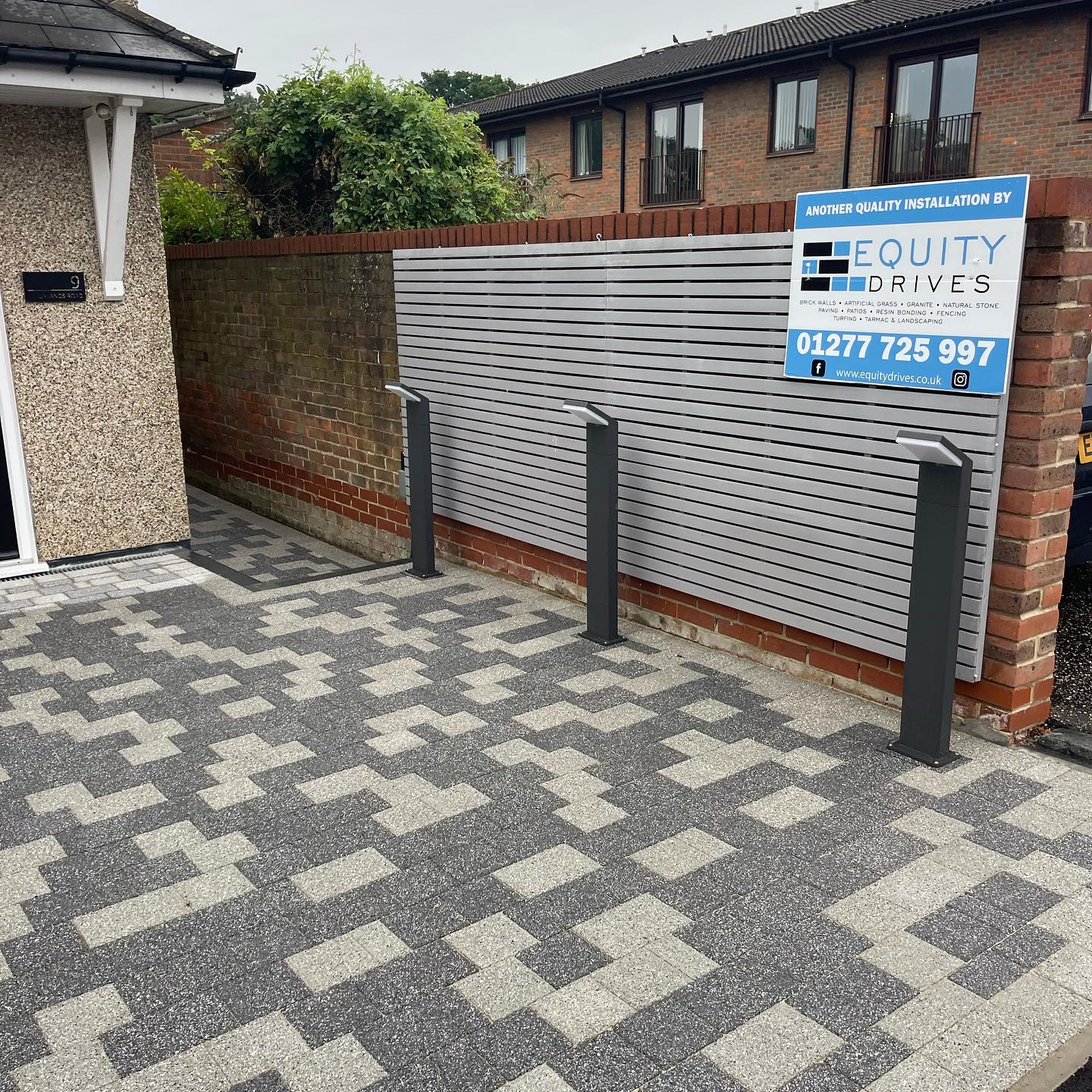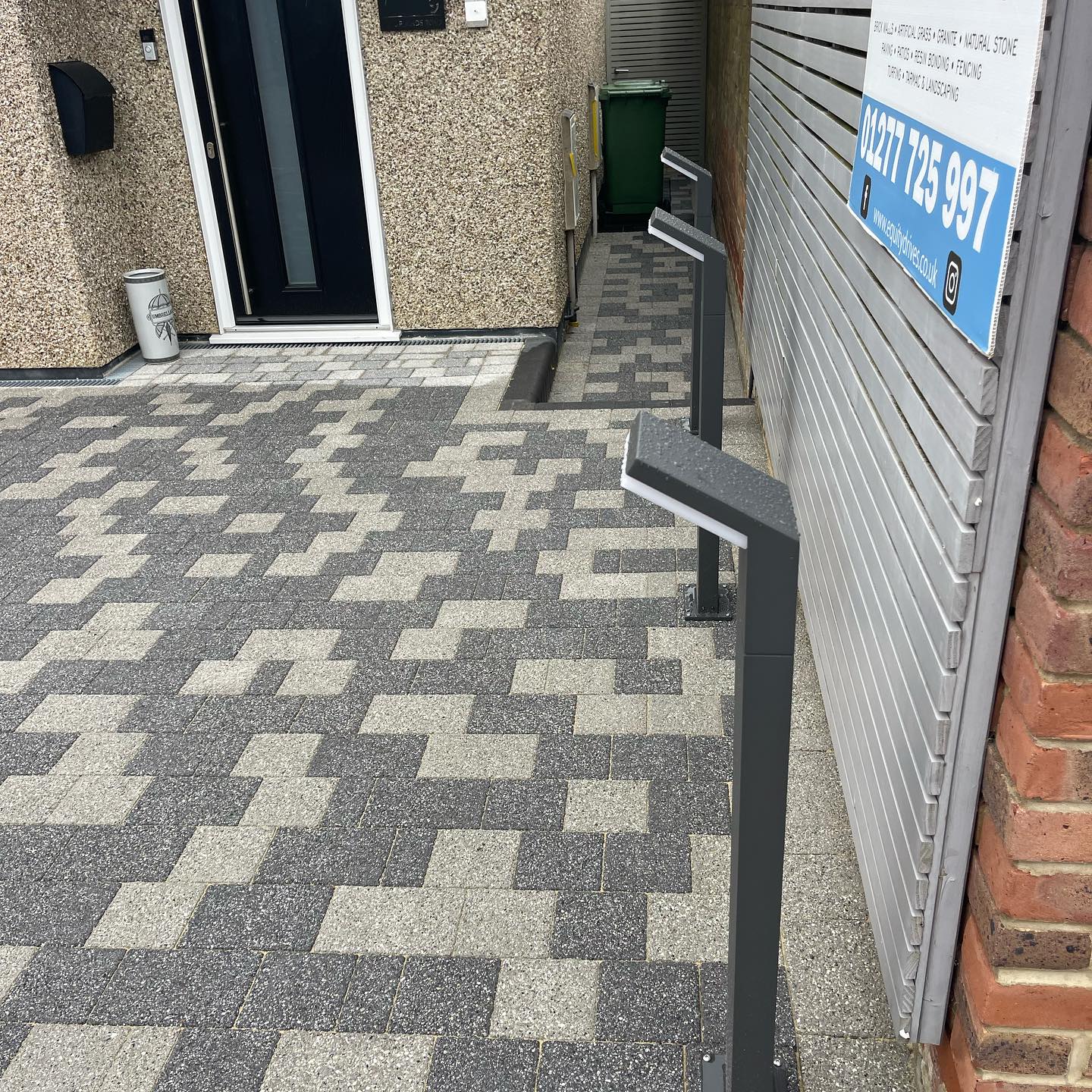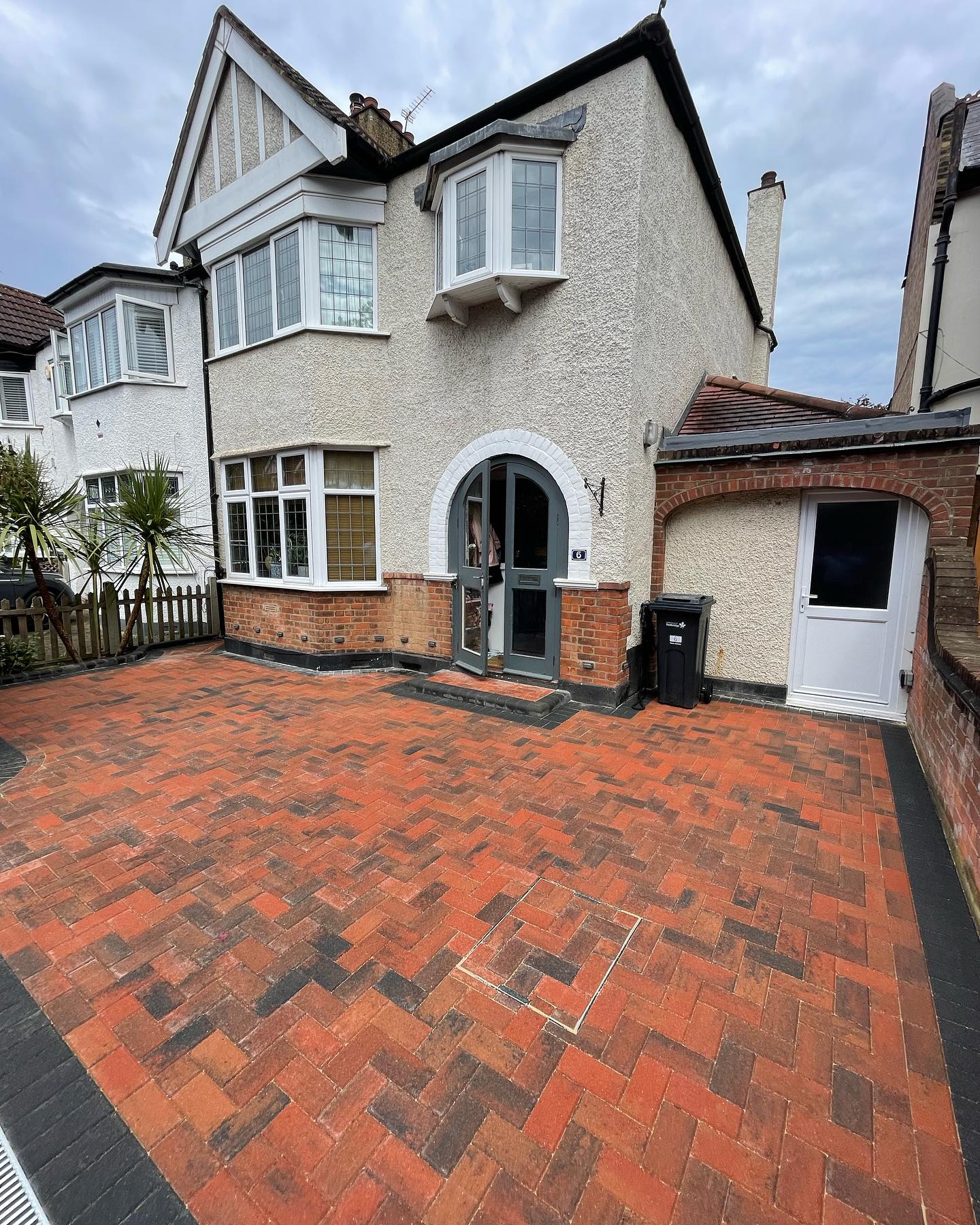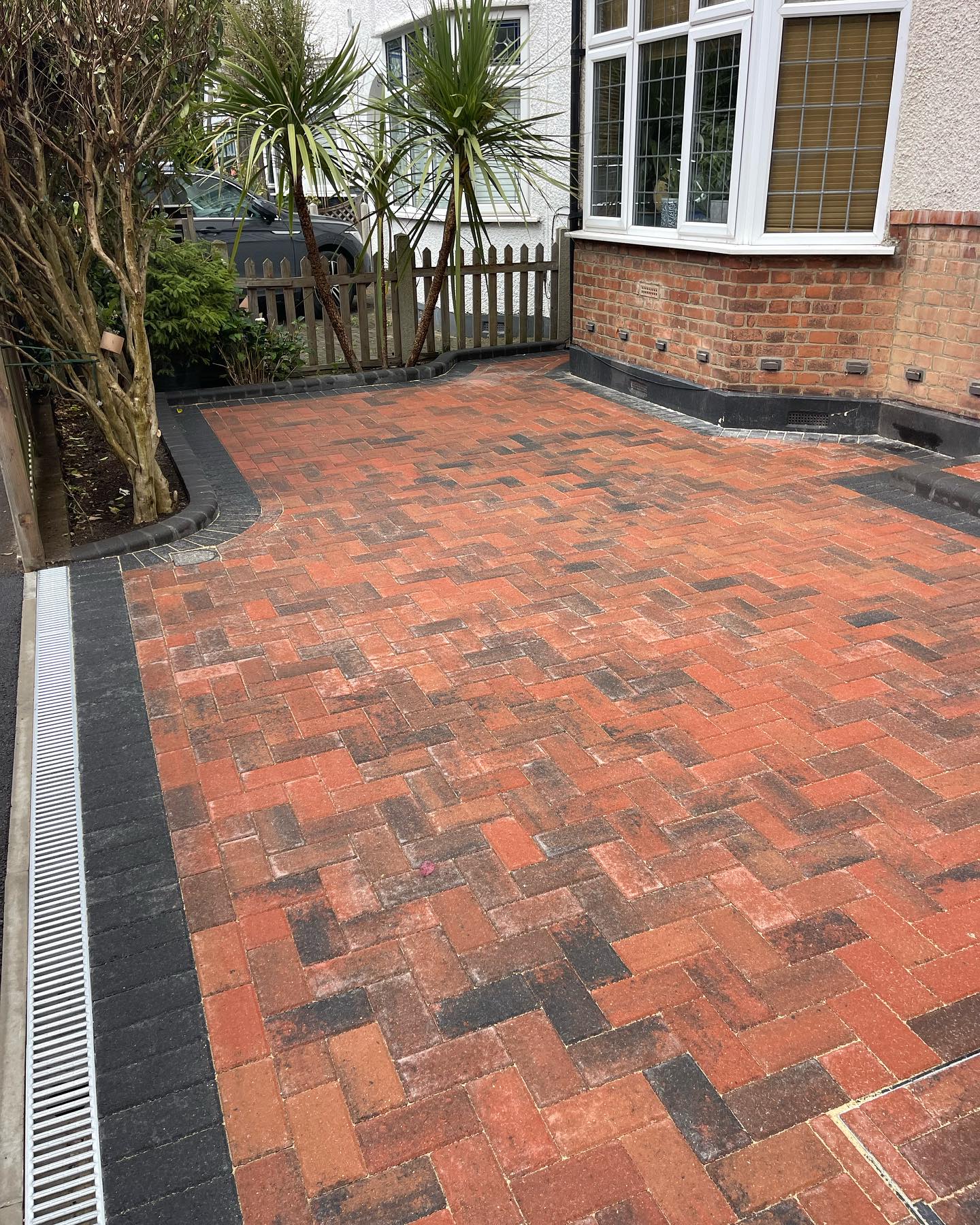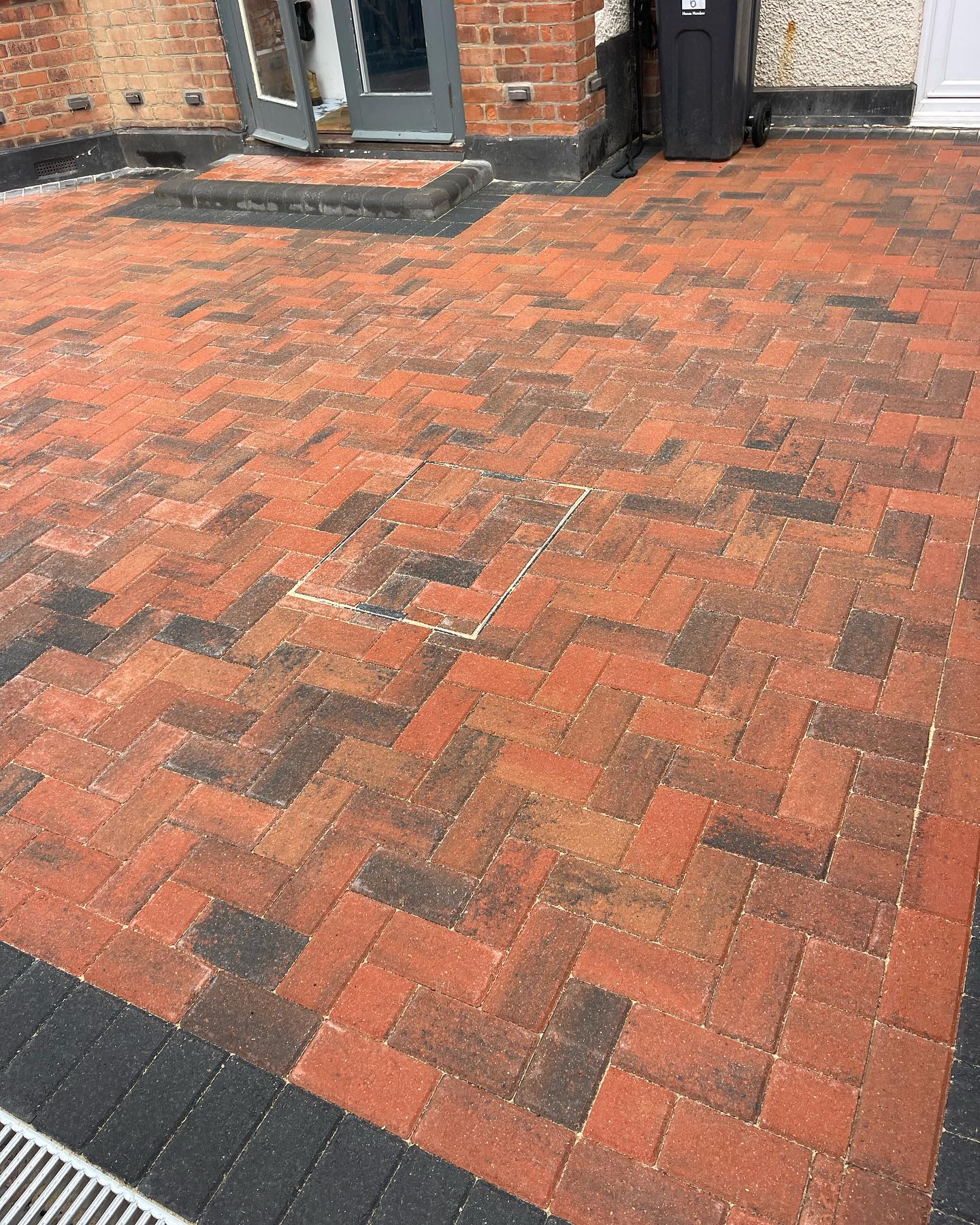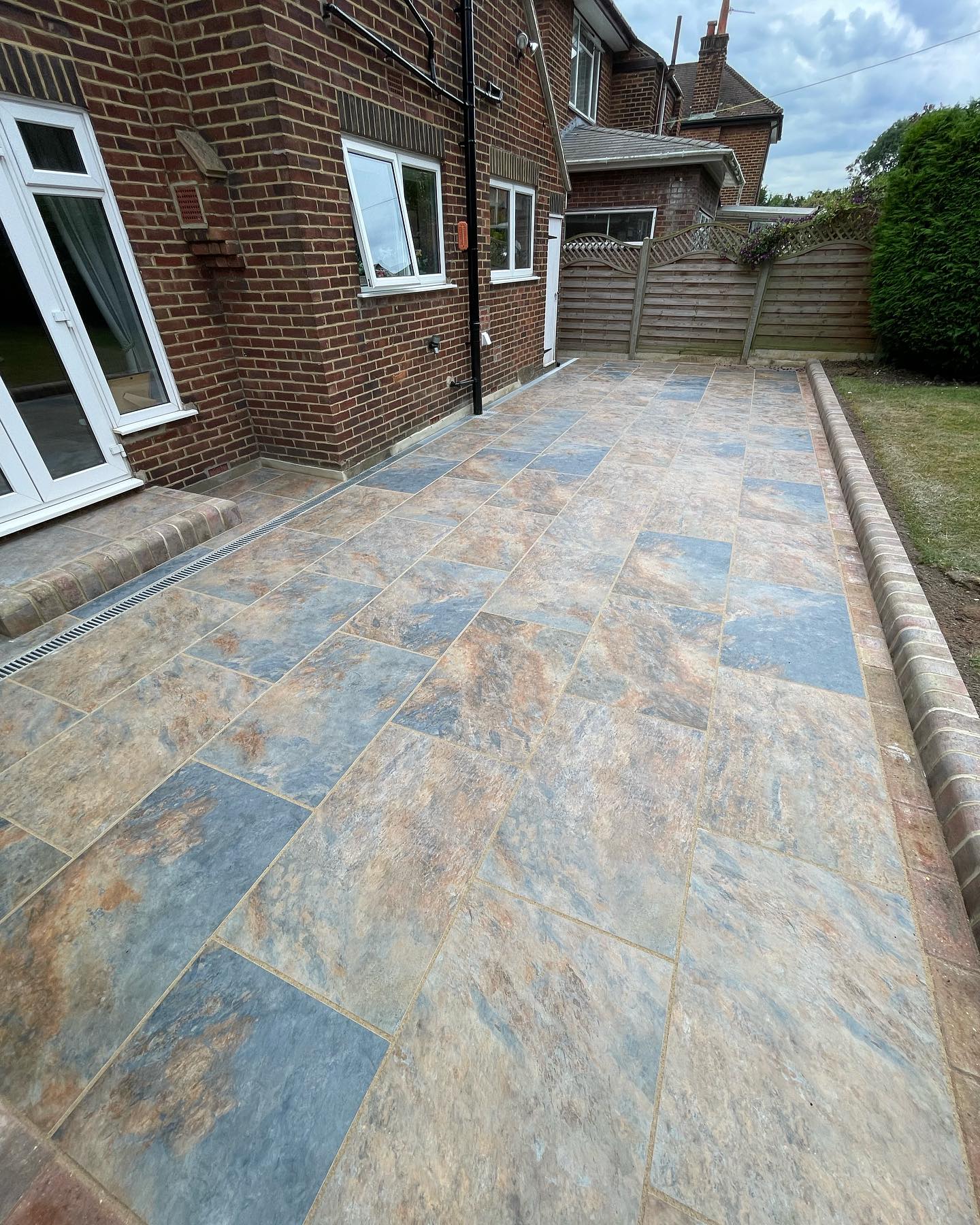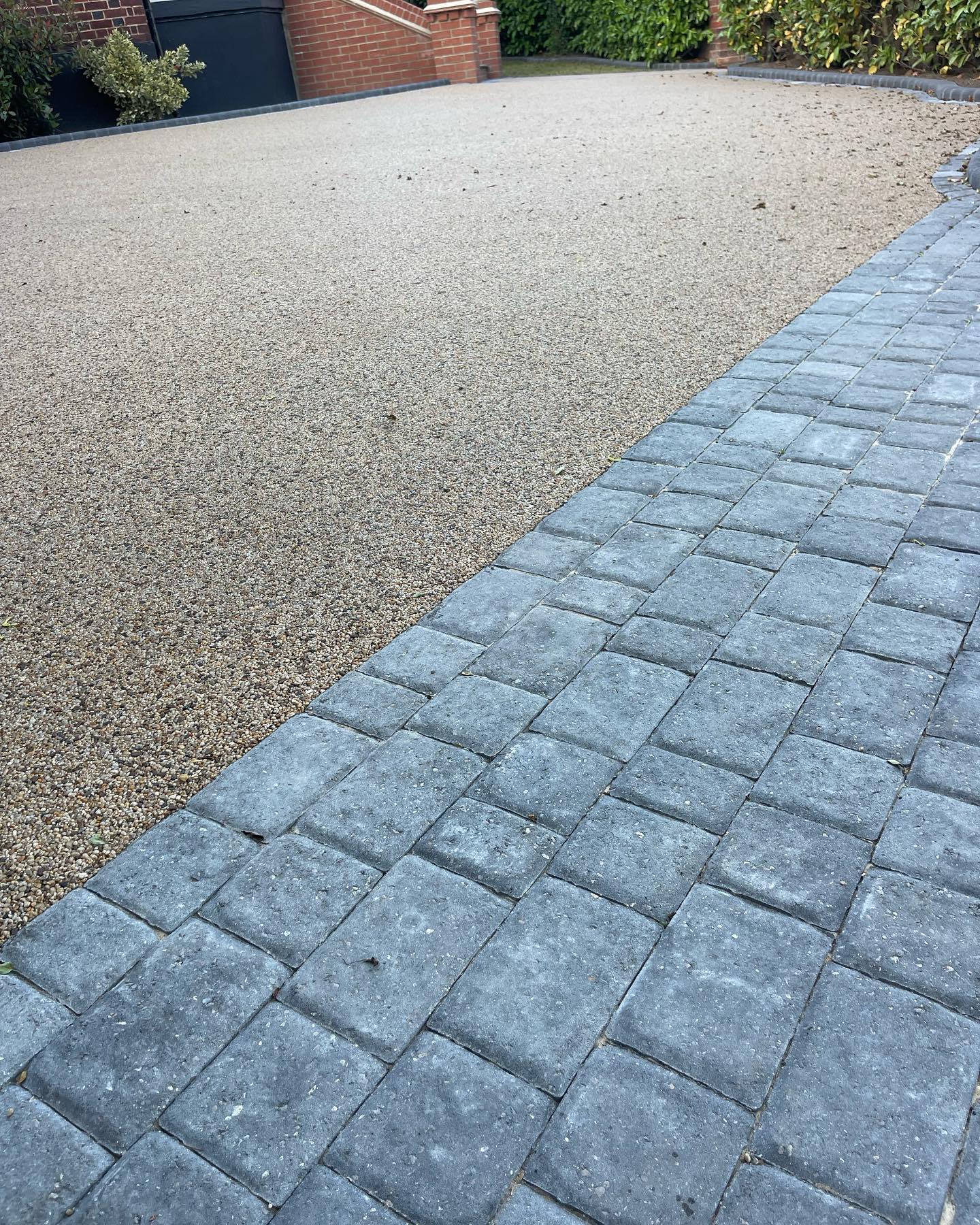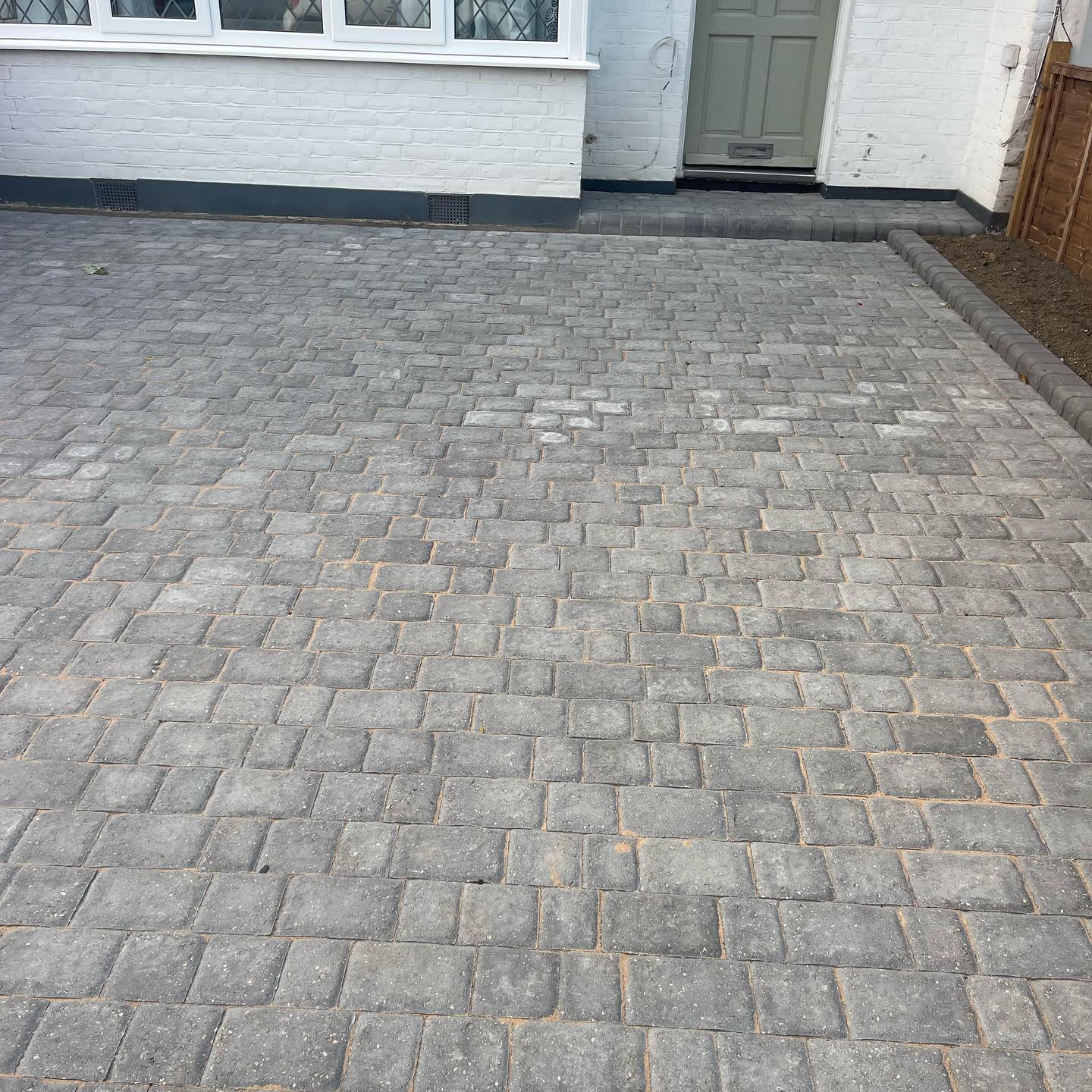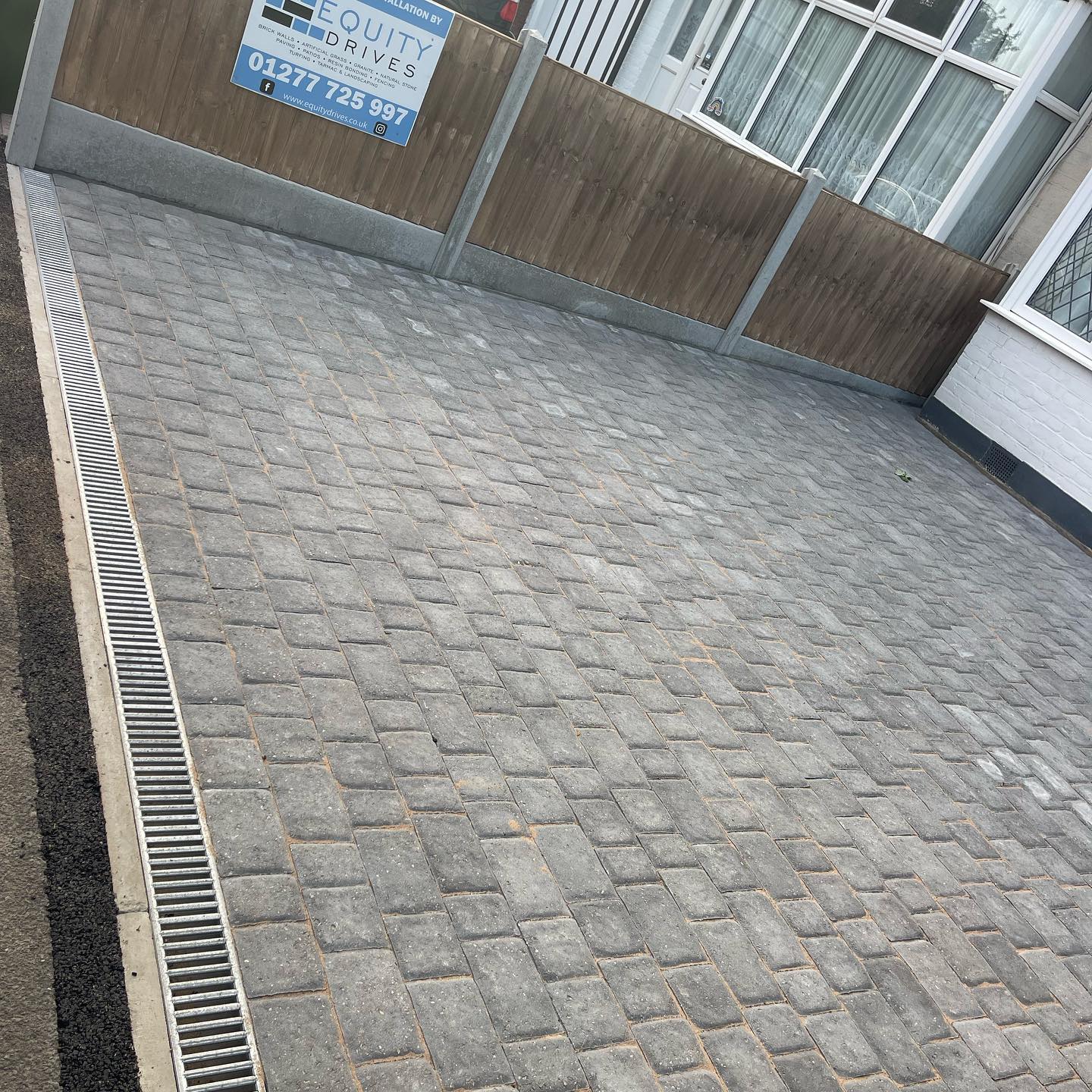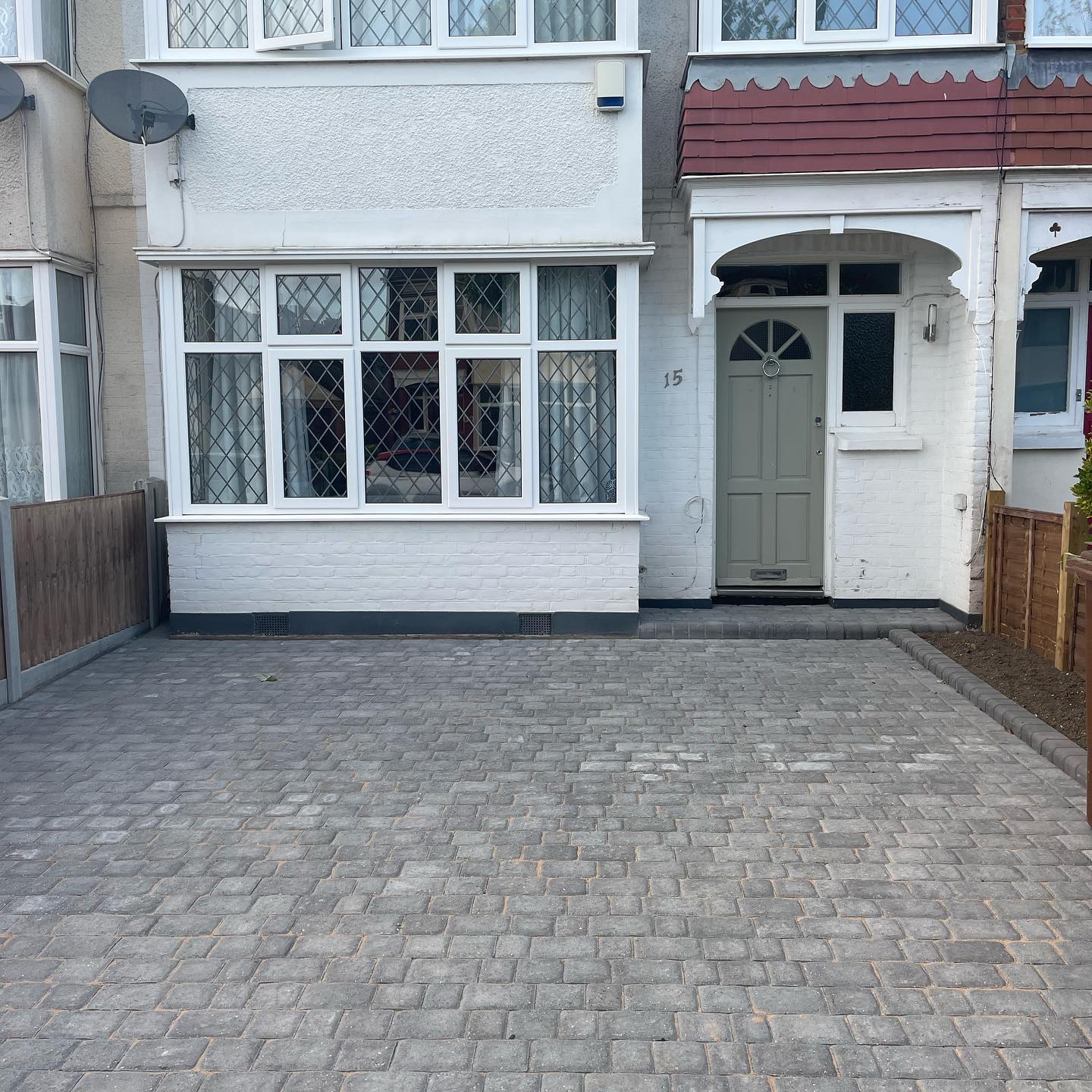
Types of Block Paving and How to Lay Them Correctly
29 Jun 2021
Today, brick paving has become one of the most famous ways of paving streets and driveways. You might not know, but it is also one of the oldest methods and has been used everywhere for quite some time.
Today, the pavement is done with concrete or clay. The reason behind its increasing popularity is its durability and long life span. It also makes your driveway look attractive. There are several different designs for block paving in Cheshunt. Moreover, you get block pavements in different colors and sizes, and it all comes down to your personal preference.
There are two primary types of blocks that you can use for paving your driveway.
- Clay Block Paving
Clay is made of the material, same as many plant-pot and household plates are made. The color of the clay block does not fade because they are fired in a kiln. The essential thing is that clay paving is sturdy and long-lasting.
However, clay blocks don’t come in a variety of designs, only in rectangular and square. Furthermore, due to the clay blocks’ hardness, it is hard to cut them.
- Concrete Block Paving
The concrete block is popular and available in abundance. These blocks are cheaper than clay blocks. Also, they are available in many different shapes and sizes. There are textured blocks that you can use in the pavements. In comparison to clay blocks, concrete blocks are not that strong, making them easier to cut.
Concrete block pavements are not that durable when compared to clay block pavements. The color of these blocks also fades away with time. They absorb direly and not look very fresh and appealing after a period of time.
Once you select the block pavement type for your driveway and street, you should know how to install it correctly.
- Evaluate the area size you want to install the blocks to and then dig to the depth of 150mm under the moist proof course of your area. The depth might change when you dig the land, based on the rise and fall of the ground level. Do the digging on a gradual slope that will make surface water go in the drainage system.
- The core of your pavement is the edge restrain, as it holds the block together and gives them the strength to support vehicles on the pavement. To make the foundation, you must have a concrete mix containing one part of cement and six parts of ballast. After the concrete dries, you have to lay the blocks in a mortar as an edge course.
- You need to apply at least a 100mm sub-base to the stone so that the pavement can support the weight of the heavy vehicles. The sub-base material should be evenly spread. You can use a compactor to achieve that. If you do that, you will ensure longer life of the pavement. Then, add sand to cover the space between the line of final pavement and sub-base.
- The last step is screening. It will get rid of excess sand and level it. To put the blocks, hold them straight and slide them downwards. Start by laying blocks from one corner at the base of the slop. Use a block splitter to cut blocks down to their sizes and edges.
Once you understand the block paving laying technique, you’ll have a beautiful-looking driveway. You can also contact professionals to know what type of block, color, and design is right for your driveway.













